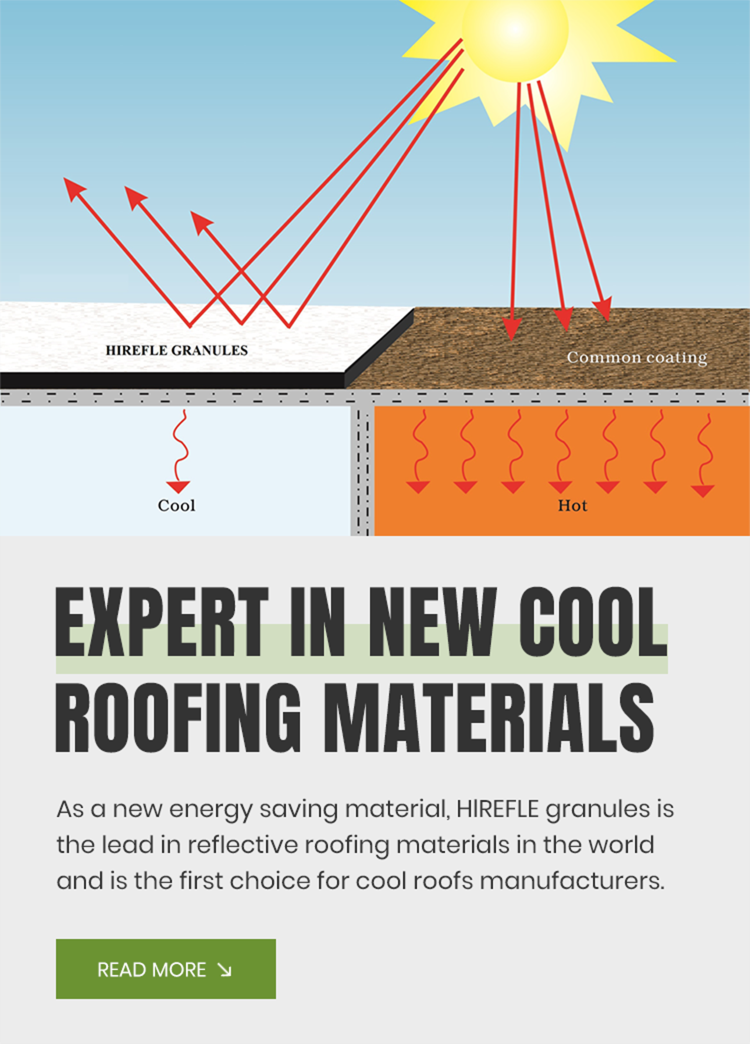
تشرینی دووەم . 09, 2024 20:11 Back to list
Layers of Asphalt Shingle Roofing for Durable and Weather-Resistant Protection
Understanding Asphalt Shingle Roof Layers
Asphalt shingle roofing is one of the most popular choices for homeowners in North America due to its affordability, durability, and ease of installation. It consists of several layers, each designed to perform specific functions that contribute to the roof's overall effectiveness and longevity. Understanding these layers can help homeowners make informed decisions regarding maintenance and repairs.
The Basic Composition of Asphalt Shingles
At its core, an asphalt shingle is made up of multiple components, typically arranged in three main layers the mat, the asphalt layer, and the granule layer.
1. The Mat The foundation of an asphalt shingle is the mat. It is generally made from fiberglass or organic felt, providing strength and stability to the shingle. Fiberglass mats are more prevalent today due to their lightweight nature and resistance to fire, making them an excellent choice for homeowners looking for a durable option.
2. The Asphalt Layer Once the mat is in place, it is coated with a layer of asphalt. This layer acts as a waterproof barrier, preventing moisture from penetrating the roof's structure. The asphalt is also mixed with various additives that enhance its flexibility, making the shingle more resistant to cracking and curling. These additives also protect the shingles from ultraviolet (UV) radiation, which can cause degradation over time.
3. The Granule Layer The final layer consists of mineral granules, which serve multiple purposes. Available in various colors, these granules provide aesthetic appeal while also protecting the asphalt layer beneath from UV damage. They help to reflect sunlight, reducing heat absorption, and thereby improving the energy efficiency of the home. Additionally, the granules offer some protection against physical damage from debris and weather conditions.
Additional Layers for Performance
asphalt shingle roof layers

Beyond these three core layers, asphalt shingle roofs may include additional components to enhance performance
- Underlayment Beneath the shingles, an underlayment is typically installed. This water-resistant barrier further protects the roof deck from moisture intrusion, providing an extra layer of security against leaks.
- Ice and Water Shield In regions prone to ice dams or heavy rainfall, a specialized ice and water shield may be added along the eaves and valleys of the roof. This membrane helps to prevent water from seeping in during thaw-freeze cycles or heavy rain, reducing the risk of water damage.
- Ventilation Proper ventilation is crucial in maintaining the health of an asphalt shingle roof. Adequate airflow helps to manage heat and moisture levels in the attic, reducing the likelihood of premature wear on the shingles and preventing issues like mold growth.
Maintenance and Lifespan
While asphalt shingle roofs can last anywhere from 15 to 30 years, proper maintenance is key to maximizing lifespan. Regular inspections to check for missing or damaged shingles, as well as cleaning gutters and removing debris, are essential steps in maintaining the roof's integrity.
Conclusion
Understanding the various layers of an asphalt shingle roof provides homeowners with valuable insight into its function and maintenance needs. By recognizing the importance of each layer, from the mat to the granule finish, homeowners can ensure their roofs remain in good condition for many years. Additionally, awareness of the supplemental layers and proper maintenance practices can help keep roofs performing at their best, safeguarding homes against the elements.
-
Rubber Roofing Shingles - Durable & Weatherproof SBS Rubber Asphalt Shingles for Homes & Businesses
NewsJul.08,2025
-
Crest Double Roman Roof Tiles – Durable, Stylish Roofing Solution at Competitive Prices
NewsJul.08,2025
-
T Lock Asphalt Shingles Durable Roofing Solution for Long-lasting Protection
NewsJul.08,2025
-
Top Stone Coated Metal Roofing Suppliers & Manufacturers Durable Stone Coated Metal Tile Solutions
NewsJul.07,2025
-
How Many Bundles of Asphalt Shingles in a Square? Fast Roofing Guide & Tips
NewsJul.07,2025
-
How Long Should a Cedar Shake Roof Last? Expert Guide & Replacement Options
NewsJul.06,2025







